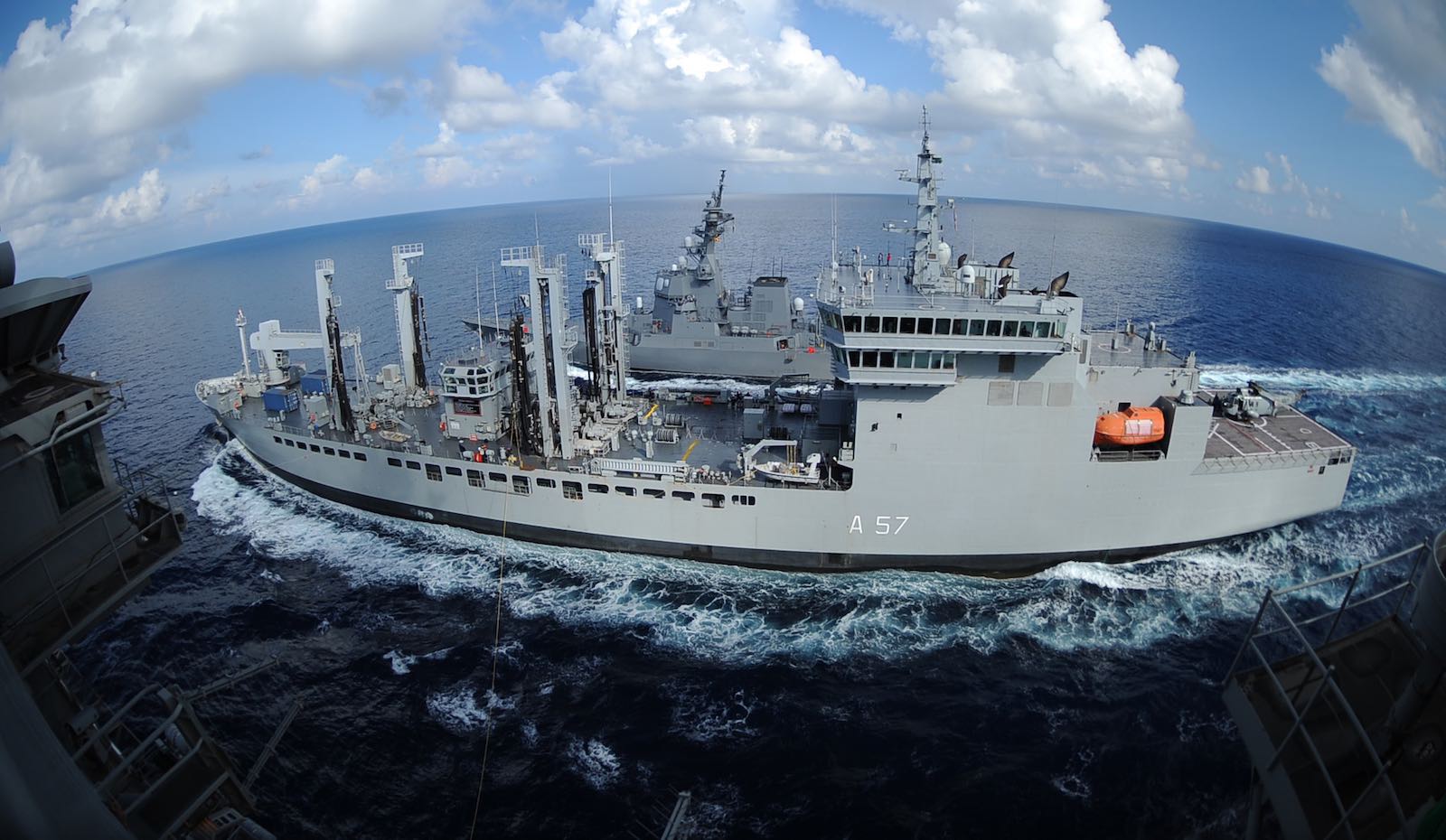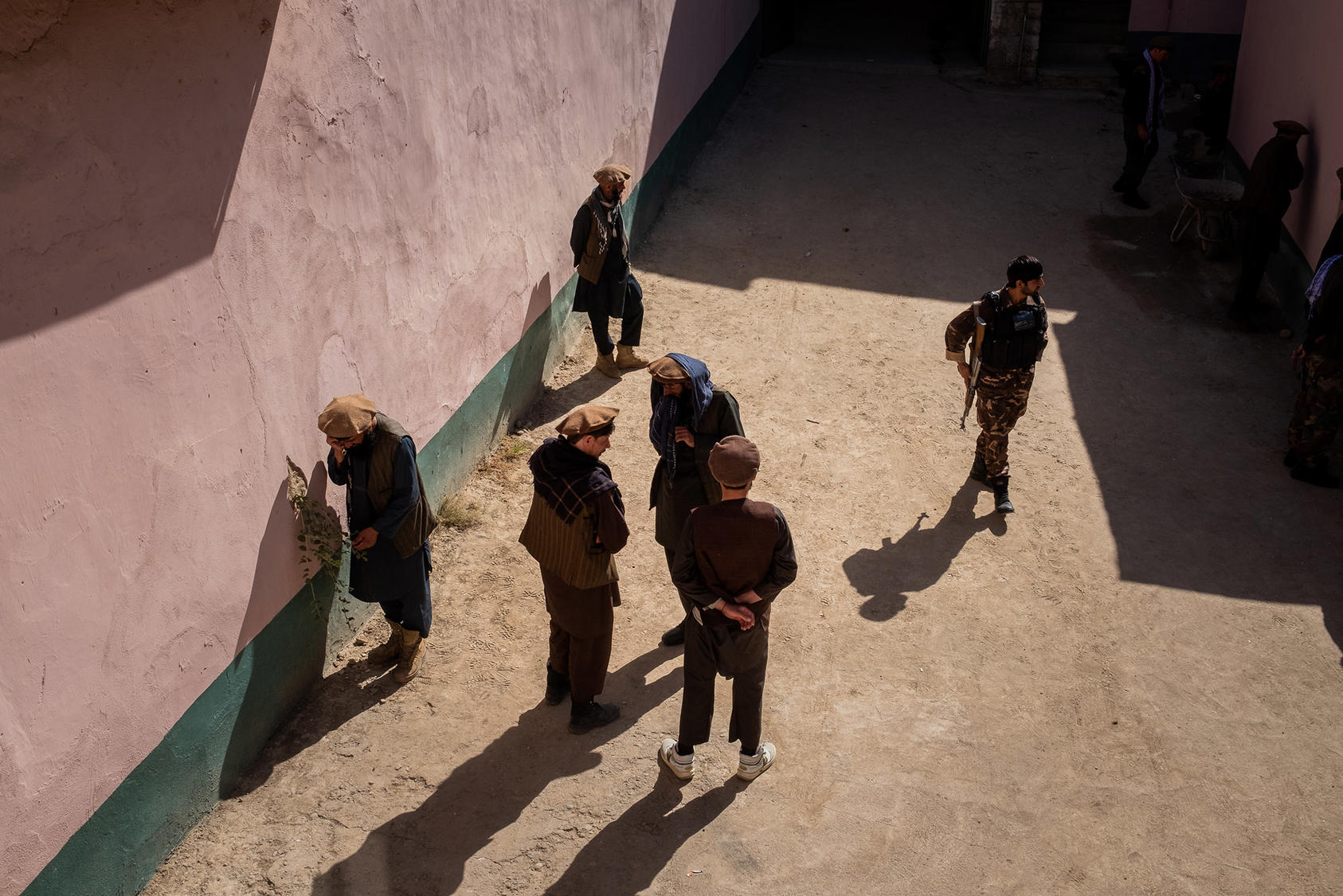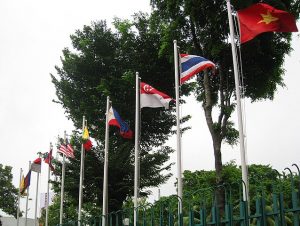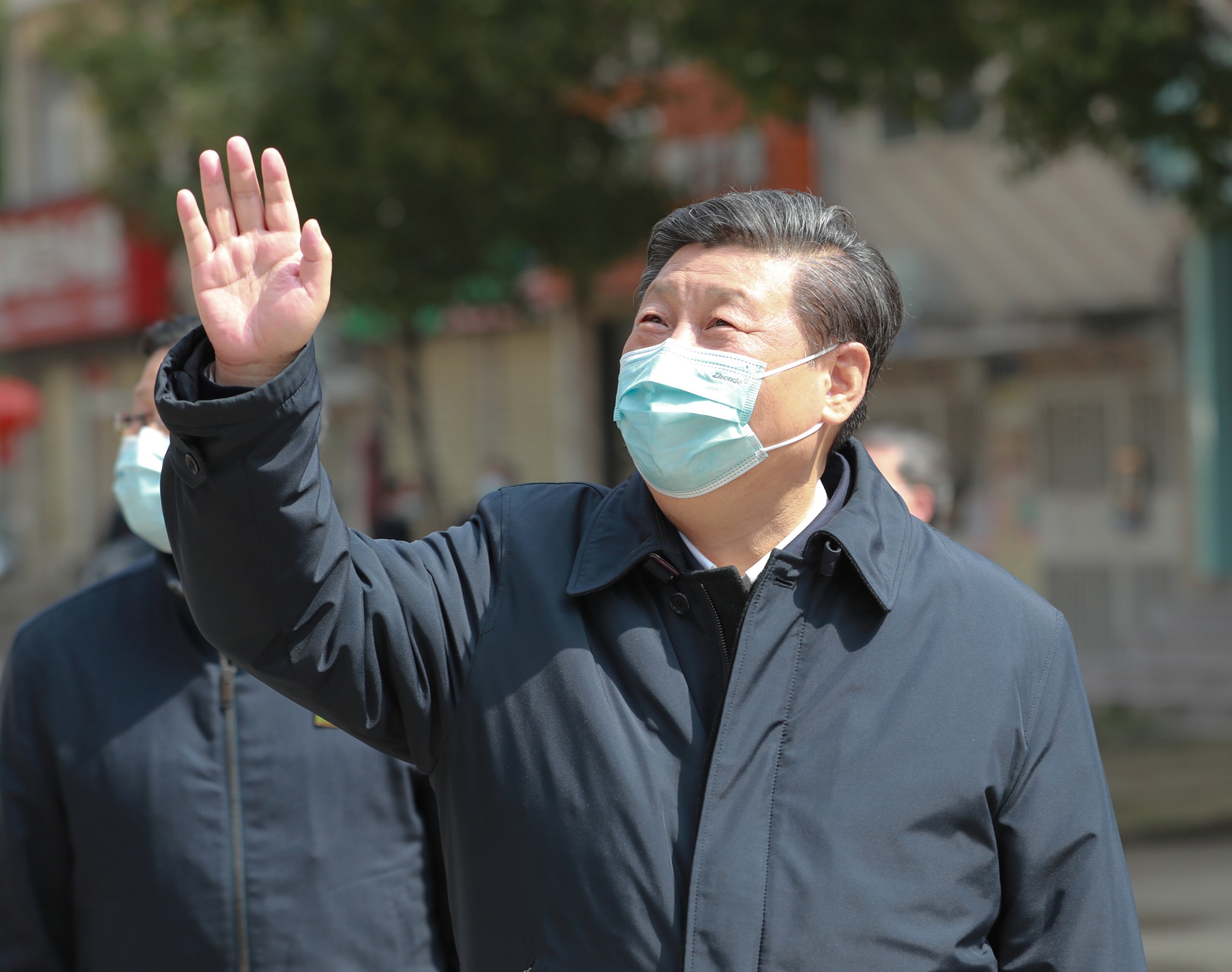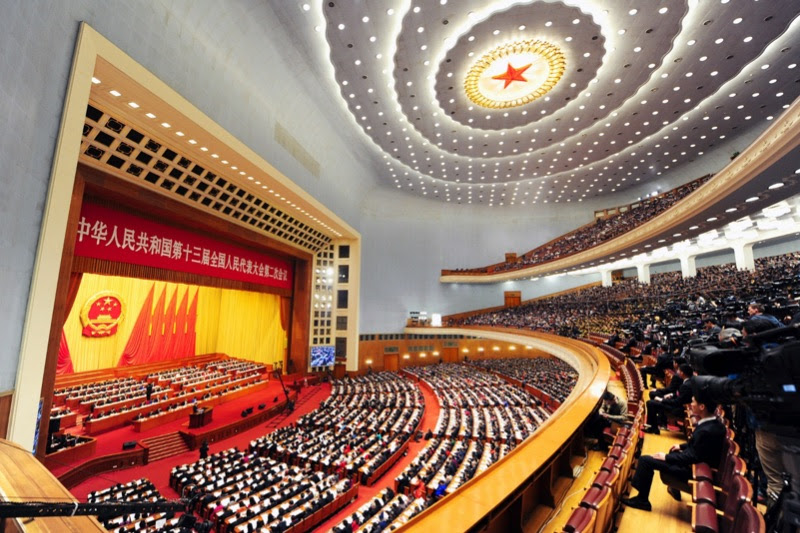Saugato Datta, Jessica Jean-Francois, Josh Martin, Meghann Perez
Editor’s Note: WPR has made this article, as well as a selection of others from our COVID-19 coverage that we consider to be in the public interest, freely available. You can find all of our coverage of the coronavirus pandemic here. If you would like to help support our work, please consider taking advantage of our subscription offer here.
With a third of the global population on lockdown amid the novel coronavirus pandemic, which has killed nearly 40,000 people as of March 31, governments are rightfully thinking about how to make it easier for their citizens to stay home and reduce activities that are likely to further spread the disease. The restrictions on movement, while important for public health reasons, mean that millions of workers are losing jobs and income necessary to cover their basic needs—including the housing that allows them to stay at home to begin with—not to mention investments in their future. Those who toil in the informal sector across the developing world, workers on renewable contracts and people who work in the “gig economy” are particularly vulnerable. COVID-19 also threatens to exacerbate already dire conditions for low-income communities, as well as in humanitarian settings.

